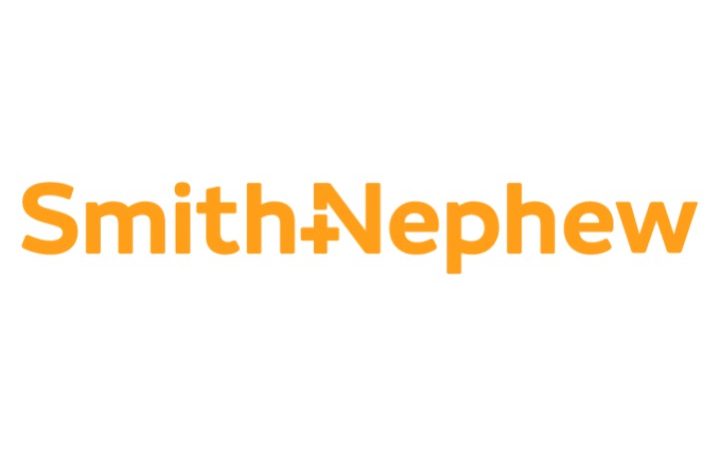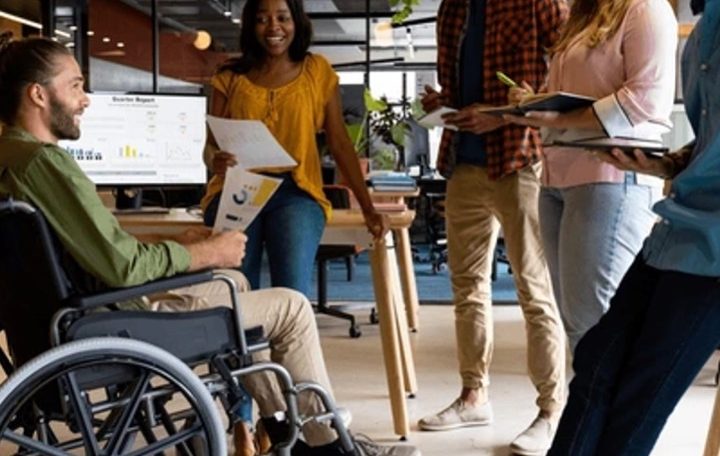The 1st January 2025, we witnessed the deployment of the amended South African Employment Equity Act (EEA). As persons with disabilities, we must ask: what has changed for us? Are these changes in our favour? Will we benefit—or will this be another well-intentioned policy that misses the mark? And how does it differ from the original EEA?
By Ari Seirlis – Disability Rights Activist
My Perspective
I have had a disability for 41 years, having sustained a spinal cord injury in a diving accident in August 1985. Life as a quadriplegic is challenging—navigating inaccessible environments, managing the unintended consequences of spinal cord injury, and confronting societal barriers and inequitable attitudes.
Over the years, I’ve worn many hats: employee, serial entrepreneur, and advocacy champion in the NPO sector. I’ve seen the good, the bad, and the ugly. And one truth remains: society often reduces our value to our “hardware” or fails to see us at all—especially those with invisible disabilities, whether physical, sensory, neurological, intellectual, mental, or developmental.
We’re celebrated every four years during the Paralympics, but once the medals are packed away, we return to a world where prejudice and exclusion in the workplace remain the norm.
The Promise and Pitfalls of the New EEA
The EEA continues to include persons with disabilities as a designated group, regardless of race—a positive step. The introduction of a 3% target for disability representation in workplaces is ambitious. But is it realistic?
Historically, few employers, public or private, have come close to even 1%. To reach 3%, something must change.
Disclosure remains a major hurdle. Many with invisible disabilities choose not to disclose, fearing it will hinder career advancement. And while employers may deny this bias, the fear is real. Yet non-disclosure can backfire when reasonable accommodation is needed.
A Bold Proposal: Let the Tax Hurt
To drive real change, I propose a system where employers who fail to meet the 3% target pay a higher tax rate on profits. This would incentivise them to actively seek out and support persons with disabilities through partnerships with disability agencies and skills development centres.
Fines don’t work, people avoid them. But taxes? People pay them. And SARS penalties are no joke.
The state sector may require a different approach, but the principle remains: accountability must be built into the system.
Inclusion Starts in the Classroom
If children with and without disabilities were educated together from the start, we’d raise a generation that doesn’t see disability as “other.” Not through segregated special classes, but through shared spaces, especially on the sports field, where friendships and mutual respect are forged.
This would normalize disability and embed inclusion into the DNA of future employers and employees.
The Value We Bring
The value proposition of persons with disabilities shouldn’t be recognized only during the Paralympics. It should be visible every day. We bring resilience, loyalty and life experience to the workplace. And here’s a bonus: our presence often reduces absenteeism among non-disabled staff. That’s a powerful byproduct.
The Grey Areas and the Hard Truths
There are dilemmas. Employers may struggle with whether to recognize conditions like mild bipolar disorder or Tourette’s syndrome as disabilities. The definitions are broad, and sometimes those of us with more visible or traditionally understood disabilities feel sidelined.
I’ll admit, I’m protective of the space we’ve fought for. It’s disheartening to lose opportunities to individuals whose disabilities are less understood or more easily masked. Was that the Act’s intention? I’m sure not!
While we strive to embrace all disabilities, we must also ensure that inclusion doesn’t become a loophole that disadvantages those who’ve long been excluded.
Skills, Internships, and the Path to Employment
Employers should invest in developing the skills they need from persons with disabilities. We, in turn, must pursue training in areas where there are skills shortages. Sometime inconvenient and virgin territory, but we must ply our part in paving a way to permanent employment.
I’m a strong advocate for internships and apprenticeships. Some call it “slave labour,” but I believe it’s a practical way to get a foot in the door, especially for persons with disabilities.
Unfortunately, learnerships often fail to lead to permanent employment. Worse, some individuals become “serial learners,” collecting multiple stipends. This undermines the system and must stop.
Collaboration Is Key
Disability focused NPOs and employers need to engage, before job Ads go out. Dialogue, workshops and mutual understanding are essential to meeting targets meaningfully.
This Act has the potential to be more equitable than the Broad Based Black Economic Empowerment Act 2003 (BBBEE), which has sometimes created division within the disability sector. We are all disabled by the same barriers in South Africa, regardless of race. But that’s a conversation for another day which must be had.
Final Thoughts
Employers who take the leap and hire persons with disabilities will be surprised by the value we bring. We don’t just fill a quota, we enrich the workplace with resilience, perspective, and purpose.
Let’s make sure the new EEA doesn’t just raise the bar, it opens the door.






